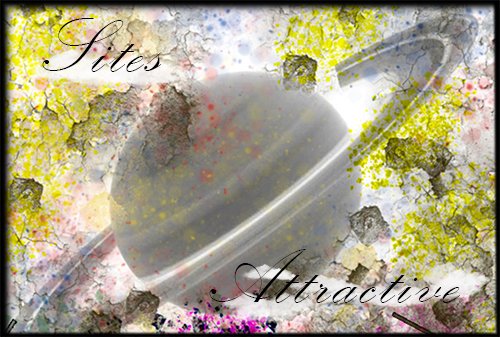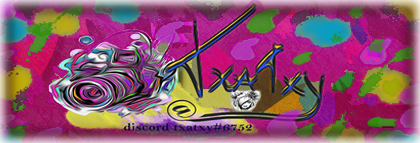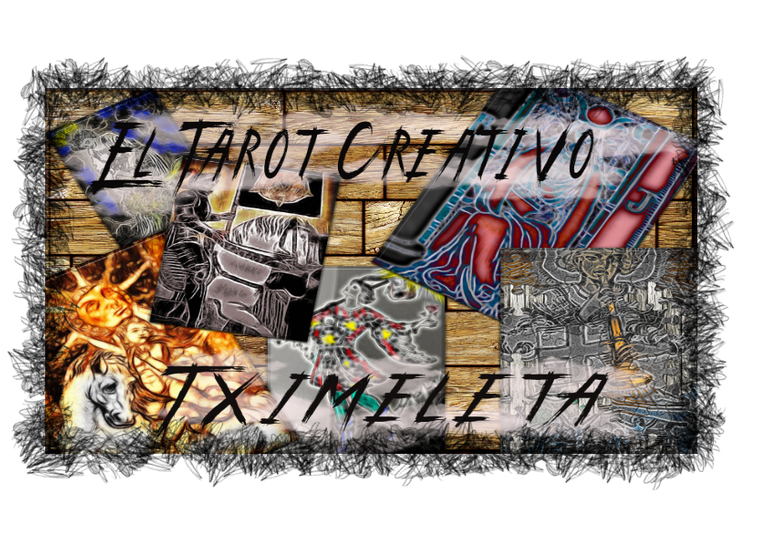Art Notebooks: reflecting on El Greco
There is something strange in El Greco's work; something powerful that attracts but at the same time, incomprehensible as it may seem, also repels. Contemplating some of his paintings, such as the present Immaculate Conception that belongs to the permanent collection of the Museo Thyssen-Bornemisza in Madrid, oil on panel that is supposed to have been made in the period between 1607 and 1613, in that immemorial Toledo that had barely changed some centuries later, when Rainer María Rilke - perhaps best known for his plea against the horrors of war, which is his novel adapted to cinema No news on the front, staying at the Hotel Castilla, wrote to his admired friend and teacher Auguste Rodin, that correct statement, which in four simple words, he described faithfully: deceased capital of legendary empires.
Perhaps that animistic halo that seems to float over Toledo, blurred by a baroque use that weighs like a shadow of its walls inward, influenced a personality, which after all, seemed to be debated as a fragile feather at the whim of sensory winds, which they made him travel through that intricate collective heritage that, according to Jung, is that psychic phenomenon known as unconscious.
Unlike other travelers of the interior space -as Campbell would say-, Doménico possibly did not need another subliminal vehicle, except that one aspect of his personality, whose inconstancy caused him to avoid that compendium of literal imaginations that is the Golden Legend of Jacobo de la Vorágine , although being, nevertheless, model from where the artists consumed bittersweet calyxes for generations, adapting, perhaps by intuition, to part of that immemorial mud, that that great figure of the German romanticism, Goethe, defined as the old yeast, in mouth of his immortal character, Mephistopheles.
Observing this Immaculate Conception, I keep asking myself, if El Greco, evidently without being conscious of it, intuited - understand, in a comparative way - part of that modern theory of the Big Bang: an explosion, a primal tear of the Chaos, from which elements of light begin to emerge. A resource that seems to have been used, in addition, in many of his works.
On the psychological level, we could compare it with that Jungian collective unconscious, where consciousness is breaking through -compare with a maternal womb, the origin of the first gynaelatric myths of Humanity or, if you prefer, with that enchanting myth of the cavern, of Plato-, generating a multitude of genetic symbols, which for a long time have been formed a primordial part of the cosmogonies of the different human societies that left their mark on the surface of the planet.
Many of these symbols are represented at the bottom of the painting and allow us to ask, to what extent El Greco could have been influenced by ideas that could be considered heterodox: the mountain, the tree, the snake, the lily, the fountain, the well and the pagan temple.
NOTICE: Both the text and the accompanying photographs are my intellectual property. In relation to the photographs, they were taken with the permission of several paintings by El Greco that are located in the Thyssen-Bornemisza Museum in Madrid, and have no other purpose, than to accompany this article.












This is Love Letter from God to You.
Message us on Discord 😍🤗❤
https://discord.gg/vzHFNd6